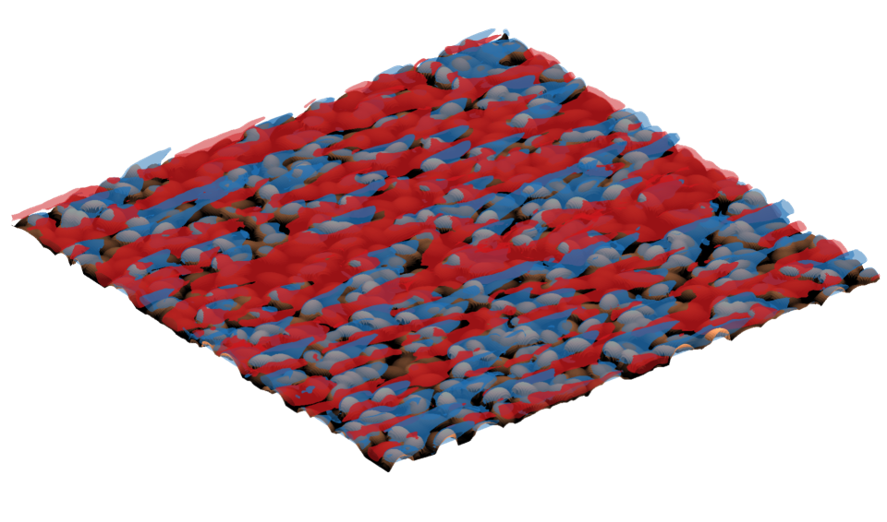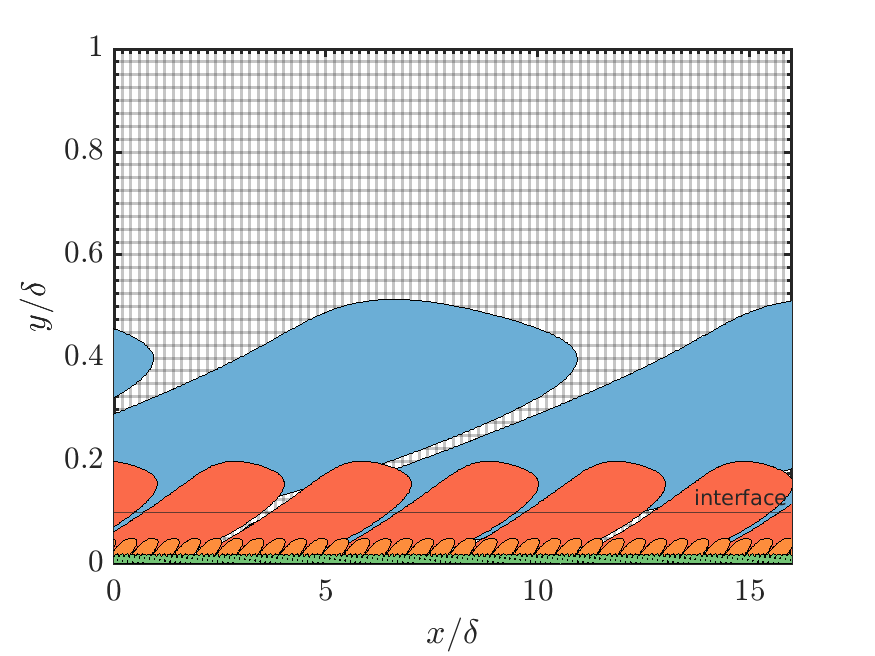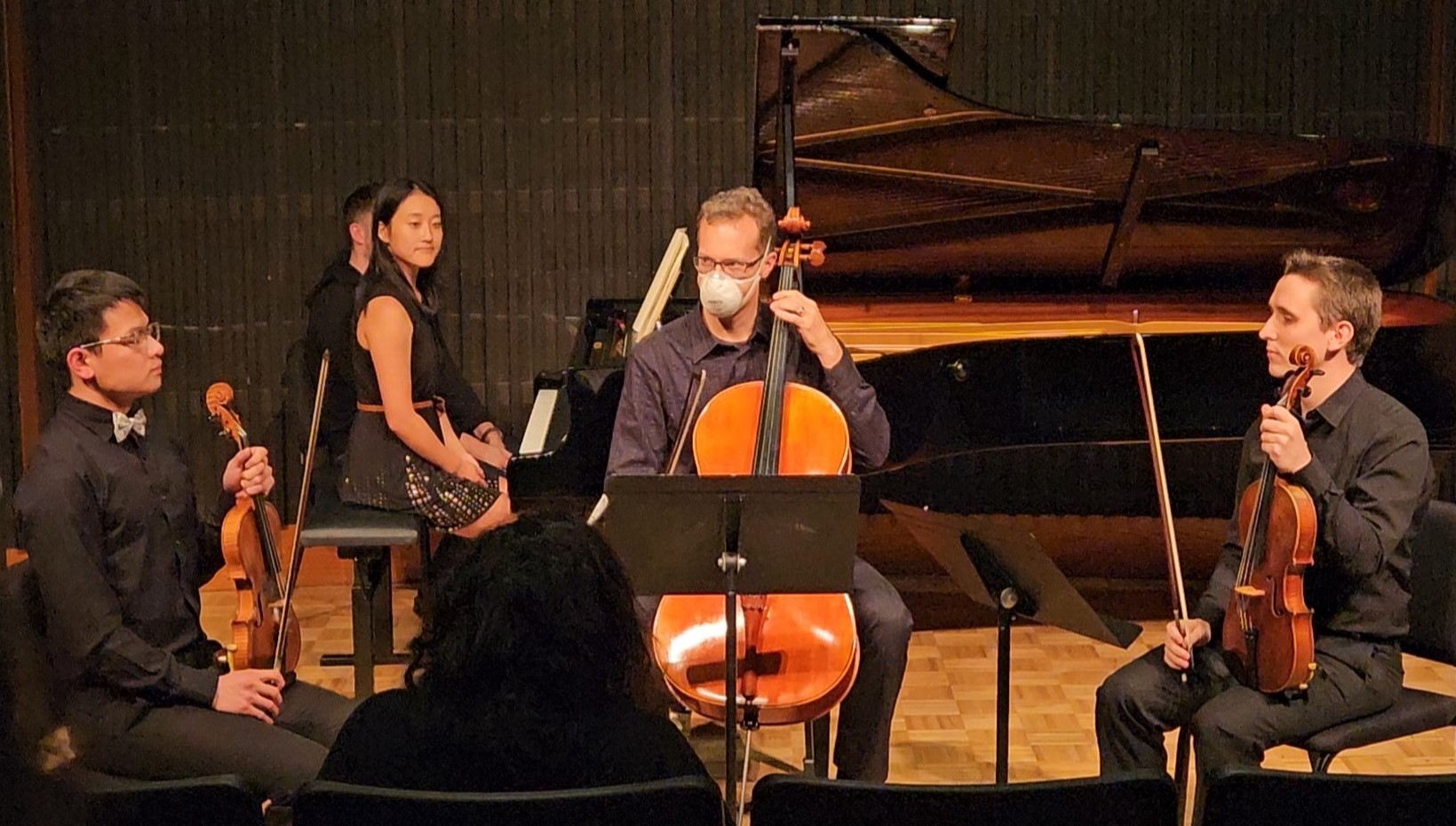Resolvent Analysis for Predicting Roughness Sublayer Turbulence
Miles Chan, Ugo Piomelli, Beverley McKeon
I conducted the theoretical development and software implementation of a generalizable, equation-based reduced order model for the turbulent flow response to surface roughness, using resolvent analysis with a surface-dependent forcing term. This method predicts flow features, statistics, and drag observed in rough wall channel flow with a large reduction in computational expense as measured in degrees of freedom, memory usage, and wall time. The results are compared with direct numerical simulations of rough wall channel at engineering-relevant friction Reynolds numbers. The work is documented in my thesis and an upcoming publication. Skills used include MATLAB, MPI, C++, data visualization and analysis, pre- and post-processing of simulation inputs/results.








